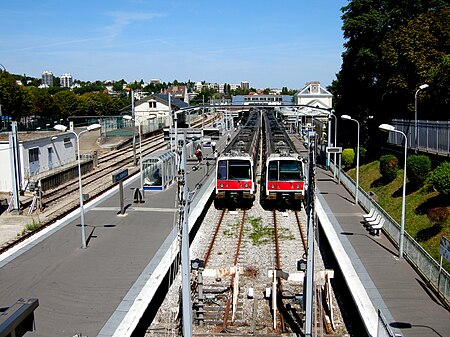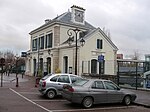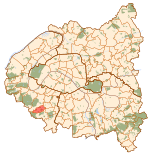Robinson station
Pages with no open date in Infobox stationRailway stations in France opened in 1893Réseau Express Régional stations in Hauts-de-SeineWikipedia page with obscure subdivisionÎle-de-France railway station stubs

Robinson is a railway station serving Sceaux, a southern suburb of Paris, France. It is one of the terminuses of the RER B trains. The station is named after the nearby commune Le Plessis-Robinson (which itself is ultimately named after Robinson Crusoe).
Excerpt from the Wikipedia article Robinson station (License: CC BY-SA 3.0, Authors, Images).Robinson station
Avenue de la Gare, Antony
Geographical coordinates (GPS) Address Nearby Places Show on map
Geographical coordinates (GPS)
| Latitude | Longitude |
|---|---|
| N 48.780277777778 ° | E 2.2811111111111 ° |
Address
Robinson
Avenue de la Gare
92330 Antony
Ile-de-France, France
Open on Google Maps







